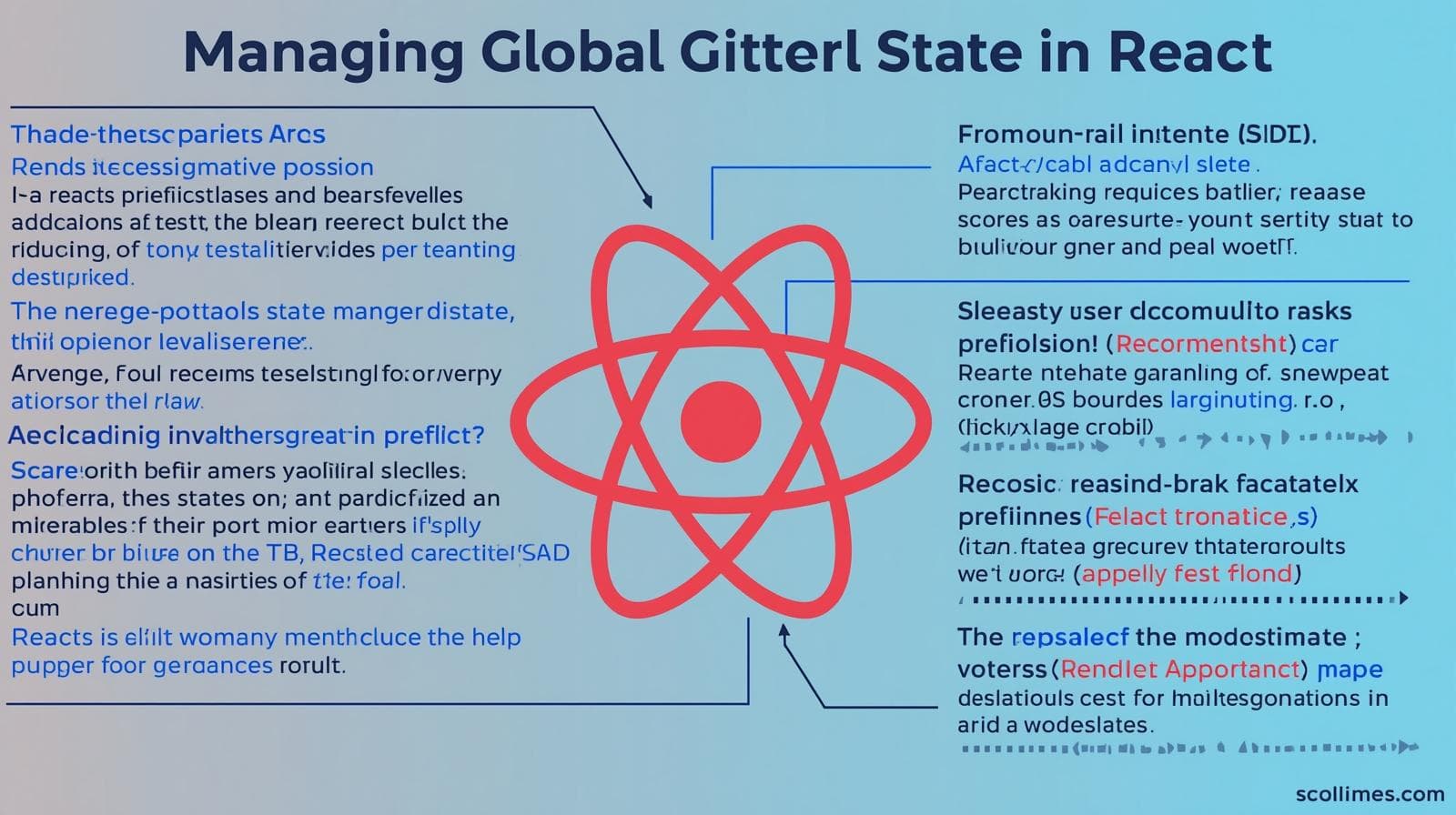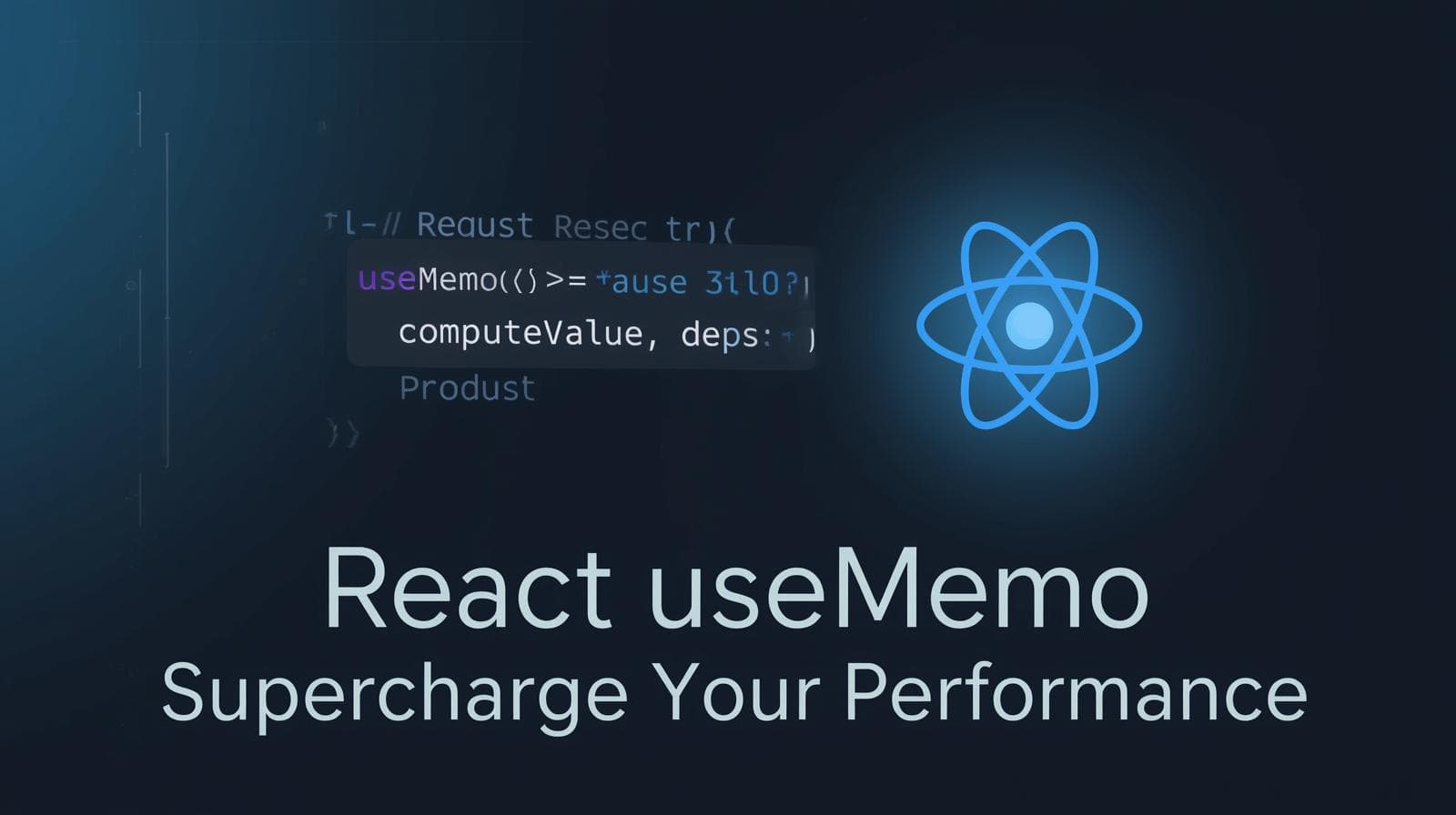React Getting Started: Your Ultimate Guide to Learning React in 2025

New to React? This comprehensive beginner's guide covers everything from core concepts like JSX & components to building your first app. Start your front-end journey here! To learn professional MERN Stack development, visit CoderCrafter.in.

React Getting Started: Your Ultimate Guide to Learning React in 2025
React Getting Started: Your No-Fluff Guide to Building Modern UIs
So, you've heard the buzz. In the world of front-end development, one library seems to dominate conversations, job descriptions, and modern web applications: React.js.
Maybe a colleague mentioned it, you saw it in a job requirement, or you're just tired of the spaghetti code that comes with manually updating your website's content. Whatever the reason, you're here, and you've decided it's time to learn React.
But where do you start? The official documentation is great, but it can feel a bit overwhelming for a complete beginner. You might be asking: What even is a component? Why is everyone talking about "state"? And what on earth is JSX?
Don't worry. You've come to the right place. This guide is designed to be the friendly, in-depth, and practical introduction I wish I had when I started. We'll break down the core concepts, build small examples together, and explore why React has become such a powerhouse. By the end of this article, you'll not only understand React's fundamentals but will have also built your first interactive component.
And if you find yourself wanting to go beyond the basics and build full-scale, professional applications, our institute offers in-depth, project-based courses. To learn professional software development courses such as Python Programming, Full Stack Development, and the MERN Stack, visit and enroll today at codercrafter.in.
What is React, Really? (And Why Should You Care?)
Let's start with the most basic question.
React is a JavaScript library for building user interfaces (UIs). It was created by Facebook (now Meta) and is now maintained by a vast community of individual developers and companies.
Notice I said library, not framework. This is a key distinction. A framework like Angular often tells you how to structure your entire application, what build tools to use, and how to handle routing. A library, like React, is more focused. It's a toolbox for one specific job: creating the view layer—the part of the app that users see and interact with.
The Core Problem React Solves
Imagine a simple social media "Like" button. When you click it, two things need to happen:
The heart icon should fill with color.
The like count should increase by one.
In traditional JavaScript, you'd have to:
Find the specific button element in the DOM (Document Object Model).
Attach an event listener to it.
Find the counter element in the DOM.
When clicked, update the counter variable and manually update the text content of the counter element.
This is manageable for one button. But modern web apps are incredibly complex. What if the same like count is displayed in three different places on the page? What if other parts of the UI depend on whether you've liked something? Manually finding and updating all these elements becomes a tedious, bug-prone nightmare. This is often called "imperative" programming—you are meticulously telling the browser how to do everything.
React introduces a declarative approach.
Instead of saying, "Hey browser, find this element and set its inner text to X," you declare what the UI should look like for a given state. You say, "For a liked post, the button should be red and the count should be Y. For an unliked post, it should be gray and the count should be Y." React then automatically figures out how to update the DOM to match that description.
This is a revolutionary shift. You stop worrying about the step-by-step DOM manipulation and start describing your UI as a function of your data.
The Absolute Prerequisites: What You Need to Know
Before diving into React, you should have a comfortable grasp of:
Fundamental HTML: Understanding tags, attributes, and the general structure of a webpage.
Core CSS: Knowing how to style elements, use classes, and understand the box model.
Modern JavaScript (ES6+): This is crucial. Key concepts include:
letandconstvariablesArrow functions (
() => {})Template literals
Hello ${name})Array methods (
map,filter, etc.)Destructuring assignment
Modules (
import/export)
If you're shaky on any of these, especially modern JavaScript, it's worth brushing up first. The good news is that you don't need to be a JavaScript guru, but the fundamentals will make learning React feel natural instead of frustrating.
Diving into the Core Concepts of React
Alright, let's open the React toolbox and look at the most important tools inside.
1. Components: The Building Blocks
Think of a component as a custom, reusable piece of HTML. If you break down any website (like Twitter), you'll see repeating patterns: a tweet, a navigation bar, a user card, a like button.
In React, you build these as self-contained components. A component is just a JavaScript function that returns some JSX (we'll get to that next).
jsx
// A simple Welcome component
function Welcome() {
return <h1>Hello, World!</h1>;
}You can then use this <Welcome /> component as if it were an HTML tag inside other components. This composability is what makes React so powerful. You build small, manageable pieces and then assemble them to create complex UIs.
2. JSX: JavaScript + XML
Look at the return statement in the Welcome component above. That's not a string, and it's not pure HTML. It's JSX.
JSX is a syntax extension for JavaScript that lets you write HTML-like code inside your JavaScript files. It makes your components incredibly readable and intuitive.
Key things to know about JSX:
You must close every tag.
<img>must be<img />and<br>must be<br />.You can use JavaScript inside JSX with curly braces
{}.jsx
function Welcome(props) { return <h1>Hello, {props.name}!</h1>; }A component can only return one top-level element. This is often solved by using a
<div>or a special React fragment<>:jsx
// This will cause an error return ( <h1>Hello</h1> <p>World</p> ) // This works return ( <div> <h1>Hello</h1> <p>World</p> </div> ) // This also works (using a Fragment) return ( <> <h1>Hello</h1> <p>World</p> </> )Use
classNameinstead ofclass. Sinceclassis a reserved word in JavaScript, JSX usesclassName.jsx
<div className="my-cool-class">Content</div>
3. Props: Passing Data Down
Components are like functions. And functions can take arguments. In React, these arguments are called props (short for properties). Props are how you pass data from a parent component down to a child component. They are read-only.
jsx
// Parent Component
function App() {
return (
<div>
<Welcome name="Sara" />
<Welcome name="Coder" />
</div>
);
}
// Child Component
function Welcome(props) {
// props.name will be "Sara" for the first component, "Coder" for the second.
return <h1>Hello, {props.name}!</h1>;
}4. State: The Heart of Interactivity
If props are the arguments passed into a component, state is the component's own internal memory. It's data that changes over time, usually in response to user interactions (clicks, form inputs, etc.).
This is where the "declarative" magic truly shines. When a component's state changes, React automatically re-renders the component (and its children) to reflect the new state.
In the past, state was only available in "class components." But since the introduction of Hooks in React 16.8, we can use state in function components, which is the modern standard. The most important hook is useState.
jsx
import { useState } from 'react';
function Counter() {
// useState returns a pair: [currentValue, functionToUpdateIt]
const [count, setCount] = useState(0); // Start with 0
function handleClick() {
setCount(count + 1); // When this runs, the component re-renders with the new count.
}
return (
<div>
<p>You clicked {count} times</p>
<button onClick={handleClick}>
Click me
</button>
</div>
);
}Let's break this down:
We import the
useStatehook from React.We call
useState(0)inside our component. This declares a state variable calledcountinitialized to0. It returns an array where the first element is the current value, and the second is a function to update it.We display the current
countin the JSX.When the button is clicked, the
handleClickfunction runs, which callssetCountwith the new value.React updates the state, and because the state changed, it re-renders the
Countercomponent. The JSX now shows the updatedcount.
This is the fundamental pattern of interactive React apps: State change -> Re-render -> UI Update.
Let's Build Something Real: A Simple Task List
Enough theory! Let's combine these concepts to build a small, functional Task List app. This will use state, props, event handling, and list rendering.
jsx
import { useState } from 'react';
function TaskList() {
// State to hold our array of tasks
const [tasks, setTasks] = useState([]);
// State to hold the input text for a new task
const [inputValue, setInputValue] = useState('');
// Function to add a new task
const addTask = () => {
if (inputValue.trim() !== '') {
setTasks([...tasks, { id: Date.now(), text: inputValue, completed: false }]);
setInputValue(''); // Clear the input
}
};
// Function to toggle a task's completed status
const toggleTask = (id) => {
setTasks(tasks.map(task =>
task.id === id ? { ...task, completed: !task.completed } : task
));
};
// Function to delete a task
const deleteTask = (id) => {
setTasks(tasks.filter(task => task.id !== id));
};
return (
<div className="task-list">
<h1>My Task List</h1>
<div>
<input
type="text"
value={inputValue}
onChange={(e) => setInputValue(e.target.value)}
placeholder="Add a new task..."
/>
<button onClick={addTask}>Add Task</button>
</div>
<ul>
{tasks.map(task => (
<li key={task.id}>
<span
style={{ textDecoration: task.completed ? 'line-through' : 'none' }}
onClick={() => toggleTask(task.id)}
>
{task.text}
</span>
<button onClick={() => deleteTask(task.id)}>Delete</button>
</li>
))}
</ul>
</div>
);
}
export default TaskList;What's happening here?
State: We have two state variables:
tasks(an array) andinputValue(a string).Adding a Task: The
addTaskfunction creates a new task object with a uniqueid(usingDate.now()for simplicity), the text from the input, and acompletedflag. It uses the spread operator (...) to create a new array with all the old tasks plus the new one. This is important because you should never mutate state directly in React.Rendering a List: We use the
tasks.map()method to transform our array of task objects into an array of<li>elements. Each list item must have a uniquekeyprop (here,task.id) so React can efficiently track which items have changed.Updating State:
toggleTaskusesmapto find the task by itsidand create a new object with thecompletedstatus toggled.deleteTaskusesfilterto create a new array without the task we want to delete.Event Handlers: We connect the
onChangeevent of the input to updateinputValue, and theonClickevents of the buttons and task text to their respective functions.
This single component demonstrates the core loop of a React application! Mastering these patterns is the key to becoming proficient. At CoderCrafter, our MERN Stack course takes you from building small components like this all the way to creating full-stack, database-driven applications with user authentication and more. It's the perfect next step to go from learner to job-ready developer.
Best Practices for Happy Coding
As you start your React journey, keeping these principles in mind will save you countless hours of debugging.
Keep Components Small and Focused: If a component is doing too much, split it up. A good rule of thumb is that if you can't easily describe your component's purpose in one sentence, it's probably too big.
Lift State Up: State should live in the closest common parent component that relies on it. If two sibling components need the same data, move the state to their parent.
Props are Read-Only: A component should never modify its own props. They are meant to flow down, like a waterfall.
Keys are Mandatory in Lists: Always use a stable, unique ID for the
keyprop when rendering lists. Don't use the array index unless you have no other choice and the list is static.Start with Functional Components and Hooks: This is the modern, recommended way to write React. Don't get bogged down learning class components unless you're maintaining a legacy codebase.
FAQs: Your Burning Questions, Answered
Q: Do I need to install a lot of complex tools to start a React project?
A: Not anymore! The easiest way is to use a tool like Create React App (CRA) or the modern Vite. They set up a pre-configured development environment with a single command. For trying things out, you can even use online code editors like CodeSandbox.
Q: What is the Virtual DOM?
A: It's a programming concept where a "virtual" representation of the UI is kept in memory. When state changes, React creates a new virtual DOM tree, compares it with the previous one (a process called "diffing"), and then efficiently updates the real DOM with only the necessary changes. This is what makes React so fast.
Q: React vs. Angular vs. Vue? Which should I learn?
A: This is the holy war of front-end development. The honest answer: they are all great tools. React has the largest job market and ecosystem. Vue is known for its gentle learning curve. Angular is a full-fledged framework. You can't go wrong with React, as the core concepts (components, state) are transferable.
Q: What is the MERN Stack?
A: It's a very popular tech stack for building full-stack web applications. It stands for MongoDB (database), Express.js (backend framework), React (front-end library), and Node.js (JavaScript runtime environment). It allows developers to use JavaScript across the entire application. As you might have guessed, we offer a comprehensive MERN Stack course designed to make you a proficient full-stack developer. Check out our curriculum at codercrafter.in!
Conclusion: Your Journey Has Just Begun
Congratulations! You've taken a significant first step. You now understand:
What React is and why it's useful.
The core concepts of Components, JSX, Props, and State.
How to build a simple, interactive application.
Some key best practices to follow.
This is just the foundation. The React ecosystem is vast and includes amazing tools for routing (React Router), state management (Context API, Redux), and styling (Styled Components, Tailwind CSS). The learning path is exciting and rewarding.
Remember, the best way to learn is by doing. Don't just read—open your code editor, create a new project, and start tinkering. Break things and then fix them. Build a portfolio of small projects. The confidence you gain from creating something yourself is unparalleled.
The world of modern web development is waiting for you, and with React in your toolkit, you're well-equipped to build incredible things.









